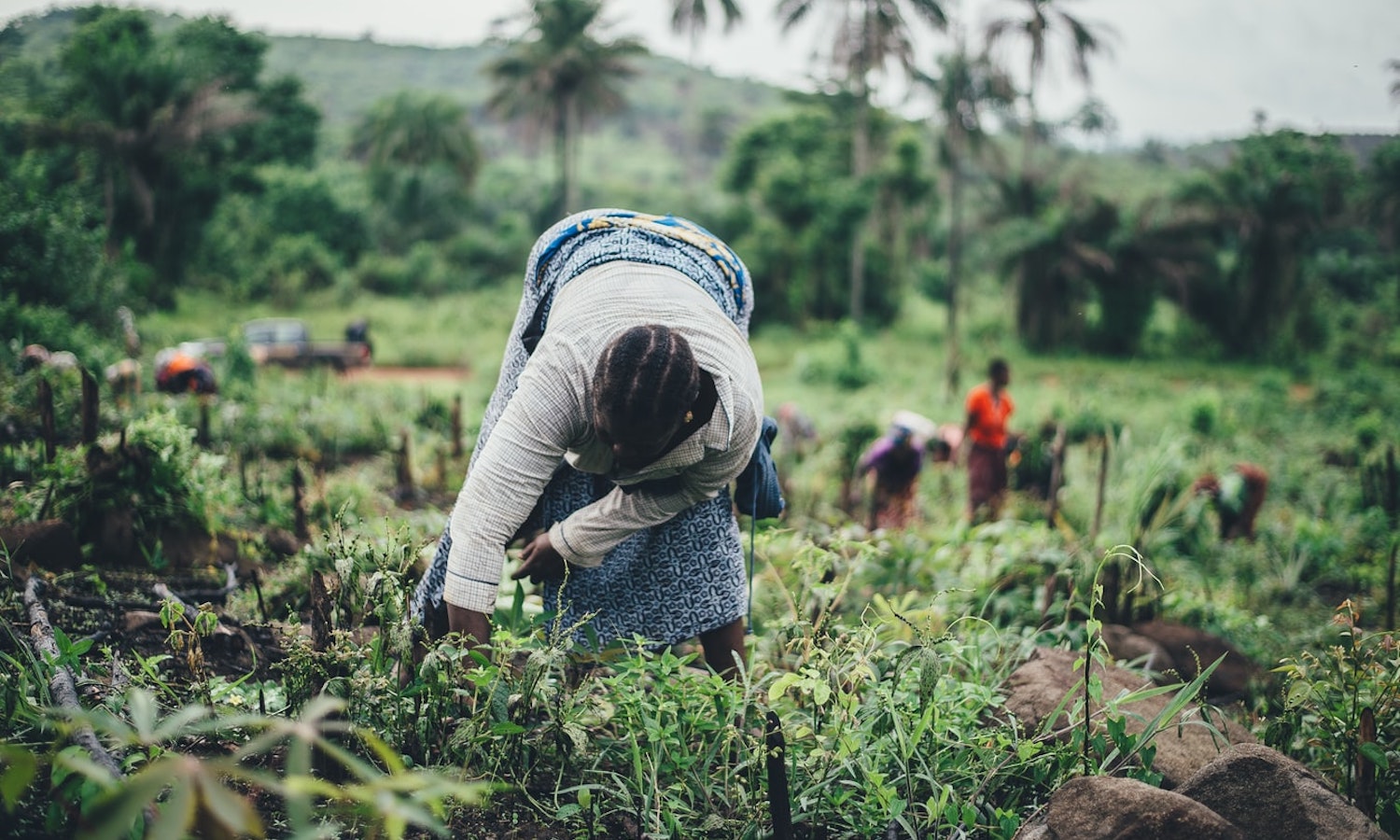The United Nations issued its annual hunger report July 13, ringing alarm bells the world over as governments gird for a coming COVID-19-induced food crisis. For the fifth straight year, undernourishment – or chronic hunger – increased in 2019 to 690 million worldwide, up 60 million since 2014. And that was for 2019, before COVID-19. Experts say as many as 130 million more could be driven into hunger as a result of the virus. Some 2 billion people worldwide already experienced some regular form of food insecurity in 2019. These are sobering numbers, especially with the pandemic sure to make things much worse for the poor.
In this year’s report, the U.N. went on to estimate that 3 billion people in the world cannot afford nutritious and healthy diets. The fruits, vegetables, and other plant-based foods recommended by health experts are often out of reach for lower income people.
The U.N.’s focus on nutritious and affordable diets is welcome given the prevalence of diet-related disease and micronutrient deficiencies in the developing world. But the U.N. missed a key opportunity by focusing only on making nutritious food more affordable, ignoring the reality that the biggest segment of the hungry is farmers. What they most need is crop diversity, which improves their diet diversity. A new report from a broad coalition of non-governmental organizations highlights how policymakers are actively undermining that diversity with programs such as the billion-dollar Alliance for a Green Revolution in Africa (AGRA).
Africa is projected to overtake South Asia by 2030 as the region with the greatest number of hungry people. An alarming 250 million people in Africa now suffer from “undernourishment,” the U.N. term for chronic hunger. If policies do not change, experts project that number to soar to 433 million in 2030.
The majority of the hungry in Africa are rural, most living off crops they grow for subsistence and for sale. Even though they can’t afford expensive commercial seeds and fertilizers, donors have been pushing such inputs across the region. AGRA, launched by the Bill and Melinda Gates Foundation in 2006, has spent $1 billion promoting such practices. Meanwhile, African governments have been spending as much as $1 billion per year to subsidize farmers’ purchases of these inputs.
As our study shows, the results have been disastrous. AGRA vowed to double productivity and incomes for 30 million farming households by 2020 while halving food insecurity. Instead, farm productivity has grown slowly, incomes have barely risen, if at all, and the number of hungry people in AGRA’s 13 focus countries has jumped 30 percent since 2006.
Worse, all those subsidies for commercial seeds and fertilizers have heavily favored just the kinds of starchy crops – maize and rice – the U.N. now warns consumers to cut back on. The result has been a surge in land planted in such subsidized crops, and that has taken land out of more climate-resilient, nutritious crops like sweet potato and millet. Across AGRA countries, maize production jumped 87 percent while millet dropped 24 percent with yields falling 21 percent. Staple root crops, a category that includes sweet potato and cassava, saw 7 percent yield declines in the AGRA years.
AGRA and other expensive programs are taking Africa in exactly the wrong direction. Unfortunately, the U.N., while rightly concerned about affordable healthy diets, ignored the cheapest and easiest way to promote them: by calling for an end to failing Green Revolution programs and a shift to sustainable crop diversity to achieve diet diversity. The U.N. also advocates encouraging plant-based diets, for reasons of health and the environment. Crops like corn mainly go to feed animals, not humans, so shifting away from AGRA’s narrow crop focus would implicitly move support away from industrial livestock production.
In researching my book, Eating Tomorrow, I saw countless examples of successful projects, often carried out under the banner of agroecology. One, in Malawi, promoted a highly nutritious native corn variety, bright orange and high in Vitamin A, while encouraging intercropping with cowpeas and other legumes. Soils grew more fertile while diet diversity expanded dramatically.
In 14 years, AGRA achieved a meagre 18 percent gain in the productivity of staple crops while farmers often fell into debt to pay for the expensive inputs. By contrast, a University of Essex study of 50 large ecological agriculture projects documented a 79 percent average increase in yields for a diversity of crops, with farmers seeing reduced costs and increased incomes.
That kind of sustainable farming is the low-cost, win-win solution the U.N. should be promoting to further its goals of nutritious and affordable diets for all. That would help the world’s largest segment of the hungry – its 500 million small-scale farmers – grow more diverse and nutritious crops for their families and communities. These policies are all the more important as Africa braces for COVID-19’s expected impact on the food security of the continent’s poor.
Photo courtesy of Unsplash, Annie Spratt






